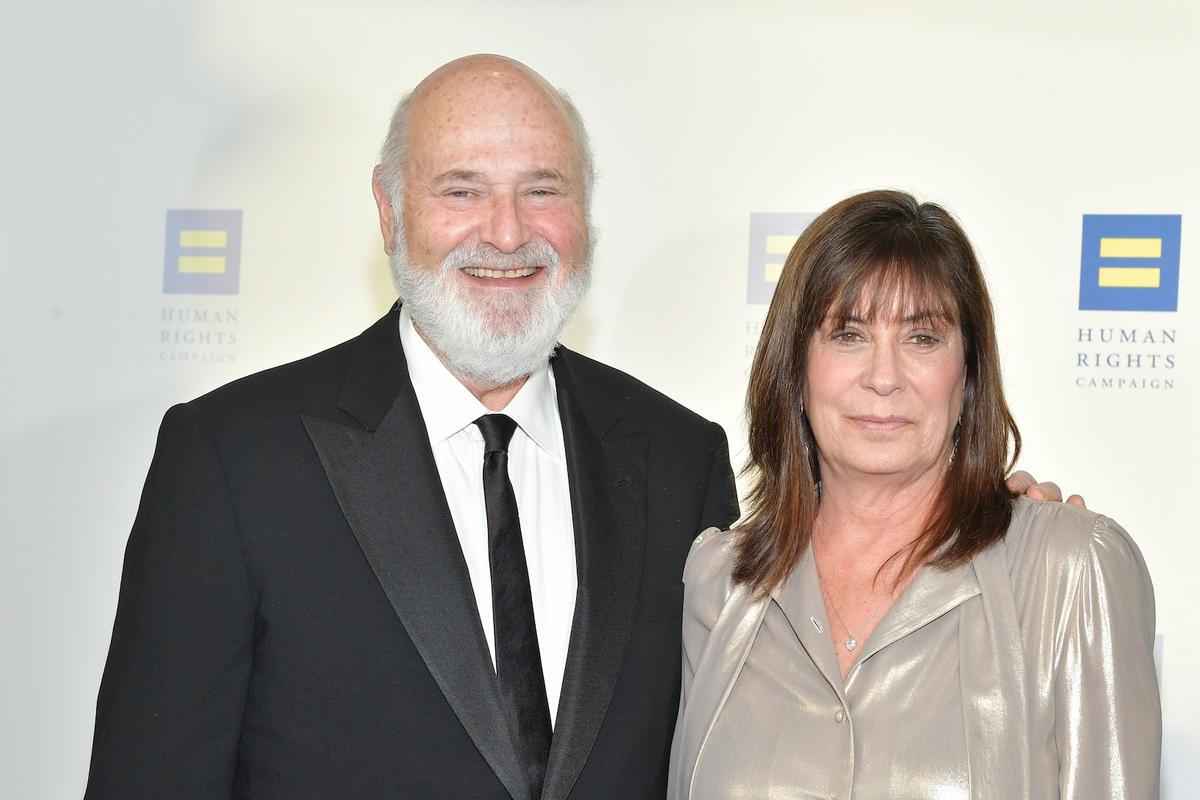
Friends described Conclave (2024) to me as “America’s Next Top Model for the papacy,” a “series of high-stakes tea spilling sessions,” and (my favorite) “c*nty popes,” so of course I bought tickets expecting some high-brow, but petty, drama. The film, however, ended up being about something far, far, c*ntier: contested elections, supermajority voting rules, and spatial models of political choice. Being on winter break, I figured I’d take the opportunity to write up some thoughts on Conclave from the perspective of a political scientist. Along the way, I answer several questions about the film, including my favorite: just how offensive is sex to the College of Cardinals?
This Substack post summarizes some fundamentals of political scientific theory and offers five conclusions about Conclave. I won’t go into detail on the plot, although there are spoilers. The important information to know is that the pope has just died and the College of Cardinals is tasked with electing a new one. They vote using ⅔ supermajority rule, and keep voting until a candidate achieves the necessary ⅔ support.
The (Political) Science behind Conclave (2024)
submitted by /u/neeksla [comments]
Source link






